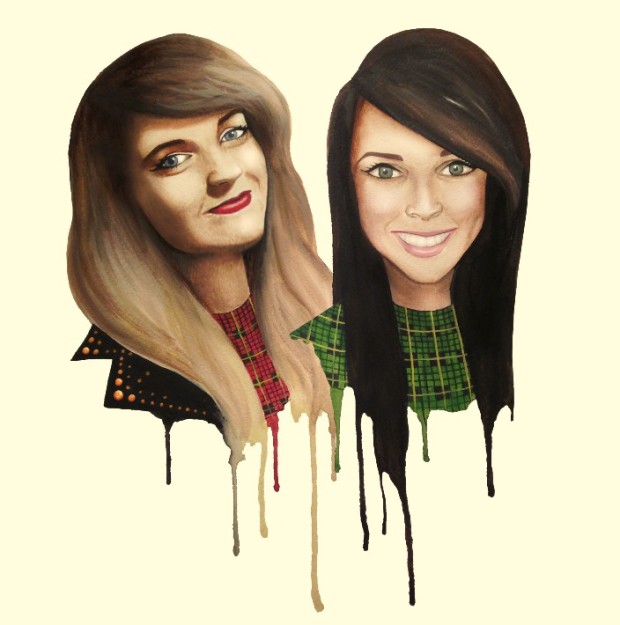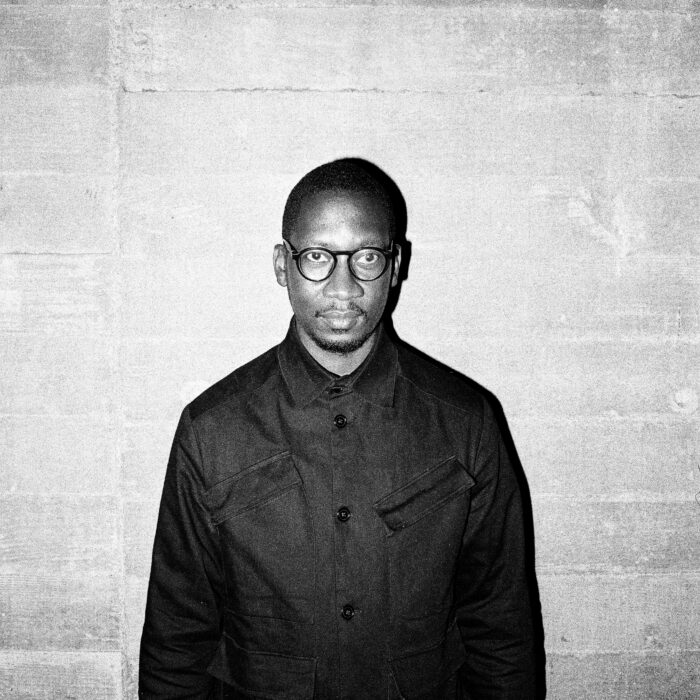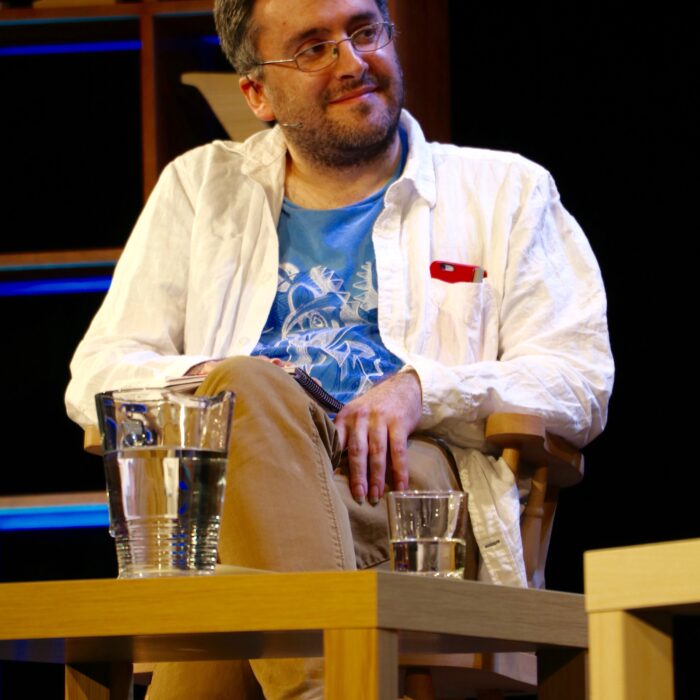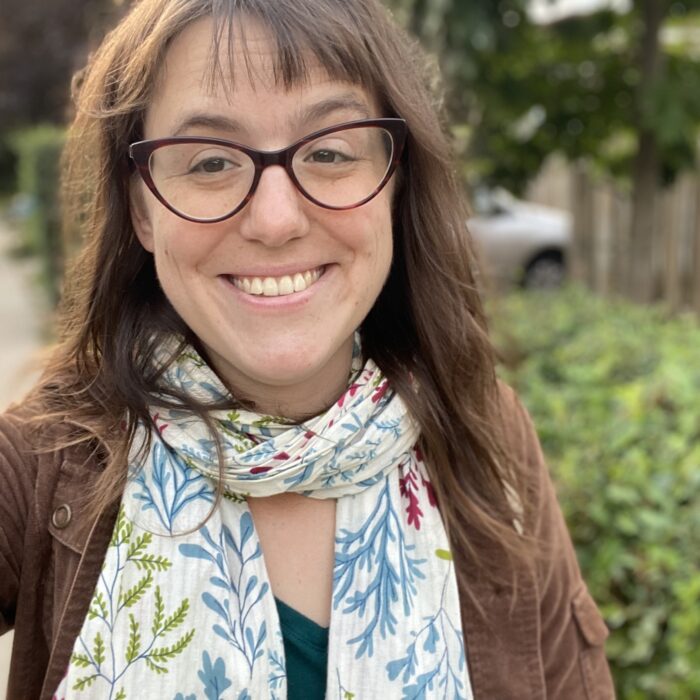You have no items in your cart. Want to get some nice things?
Go shoppingIn the second of our Meet The Editors feature, we talk to Carlotta Eden and Annabelle Carvell founders and editors of Synaesthesia Magazine. Synaesthesia is an exciting publication which mixes fiction, non-fiction, poetry and visual art to produce a vibrant sensory experience for the reader.

Jen: Can you tell us a little about how you came to set up Synaesthesia?
Carlotta: I think Annabelle should take this one. She is the reason we are here.
Annabelle: The idea kind of came in three parts. Firstly, I was unemployed and desperately wanted a project. Secondly, I loved the word ‘synaesthesia’. Thirdly, I really wished I’d have got to know Carlotta more at university – something just clicked with us when we talked writing (we both had creative writing workshops together in our last year). We had to find our feet and our flow a little, naturally, but with each issue, Synaesthesia Magazine just keeps surprising us.
Carlotta: We did some research behind synaesthesia and felt massively inspired by the whole concept – criss-crossing senses, blurring the lines between involuntary responses to light and sound and touch. It’s fascinating, so when Annabelle mentioned creating a literary and arts magazine based on this way of thinking, this phenomenon, I just immediately said yes yes yes.
Jen: Why did you decide to call the magazine Synaesthesia?
Carlotta: We love the word and what it means and the people who have it – they are fascinating to talk to, because they see the world with this edge that is at once beautiful and complex and sometimes frustrating but always inspiring. We think writers and artists have that edge too. It’s just a gorgeous word and it sums up our entire ethos, everything about it.
Annabelle: When I hear the word synaesthesia, I see implosions and explosions all at once. I see colours and words and faces all moving so rapidly that it’s impossible to pin it down. Isn’t that an exciting basis for a magazine?
Jen: You publish using themed editions. How do you choose a theme?
Annabelle: Choosing themes is probably one of the most fun aspects of Synaesthesia Magazine, because we just know that whatever theme we choose, it can spiral and explode in so many different directions. We keep our choosing process very basic – we bounce our ideas back and forth, we use a thesaurus, we think of our favourite things and play the ‘word association’ game. Once we’ve hit an idea that seems to really resonate with both of us, there’s instant chemistry not only between each other, but we suddenly fall in love with that theme.
Carlotta: We don’t usually settle on a theme until we have a word or a phrase that instantly resonates. For us, themes are titles – they can be loosely interpretated, but they run the show. We’ve got a theme coming up this year that is unlike any that we’ve done before and I am so, so pumped.
Jen: You have two chief editors and one sub-editor, how do you work together to produce each issue?
Carlotta: Caroline (our sub-editor) joined us recently and it’s been a godsend. Annabelle and I did everything beforehand. Caroline helps us panic less before a publishing date because she proofreads the whole magazine with sharp eagle eyes and sorts out any discrepancies. Annabelle and I manage a pretty neat balance too – we split submissions in half and once it comes to making any decisions we look at all the submissions together. We usually end up agreeing with each other!
Annabelle: To begin with, we were new and finding our feet – we still are – but these days we seem to have more of a process. It’s helping us to get more organised, because the more submissions we receive, the more we need to be organised so we can keep on top of things. This isn’t our day job, as much as we’d love it to be, so any preparation in advance really helps us to keep things streamlined!
Carlotta: We also all live far away from each other so everything we do is via email, Facebook, Whatsapp or Skype. When we do end up seeing each other it’s actually really hard just to hang out, because we get really excited about the magazine and what we can do next and where we can take it. Then we drink sherry and talk boys.
Jen: How do you choose pieces for the magazine? Does the artwork sometimes determine the stories and poems that get selected or vice versa?
Carlotta: We commission artwork all year round. We’ll try and cement what themes we want at the start of the year and then we’ll begin contacting artists to see if they’re interested in contributing. Once we begin confirming submissions for an issue, we’ll either contact an artist to help illustrate, or see if we’ve got a fitting piece of art!
Annabelle: Equally, we like to try to get a balance as well. It’s synaesthesia, but it’s ekphrasis too. We want the visual art to be just as important as the written submissions. Yes, we’re writers, it’s what we know best. But we appreciate what visual art can do for writing, and vice versa. They both illustrate the other.
Jen: What kind of stories and poems do you look for? Is there such a thing as a Synaesthesia story or poem?
Carlotta: I think without meaning to – yes. I don’t think we started getting a sense of who we were until our fourth issue – ‘Seven Deadly Sins’. That’s the first time we began commissioning artists. We like grit, something punchy and raw. Our best stories are succinct, simple. Our best poems are playful, short, honest. We like stories 1,000 words or under because that hones in on a moment. We noticed the most read stories in our issues were the ones that did exactly that – and even though they were shorter, readers stayed on those pages longer. Maybe they didn’t want to let them go?
Annabelle: I look for something that’s stark, unusual, and that grabs me from the first sentence. We also don’t want to trip up over images that are so tangled they lose direction. As Carlotta says, stories that are succinct are the ones that we tend to find fit the magazine most – it’s concrete imagery we like best.
Jen :You are looking to venture into print in the near future. What made you decide to go for a print option?
Carlotta: We’ve wanted to be in print ever since we launched the first issue. We just didn’t have the resources – and at the time, it seemed unattainable. The literary world still has a calling for print media, no matter how small it may be. It’s wonderful being able to read all these brilliant stories on your smartphone or iPad, like, that’s one of the greatest feats of the 21st Century. But even more than that – it’s made us appreciate the delicacy of print, smelling that fresh ink smell. Considering our name and ethos, it’s the next logical step.
Annabelle: We’ve grown up loving books, loving paper. (I still remember switching off my lamp in my bedroom as my parents passed my door, pretending to be asleep, and then switching it back on just so I could finish another chapter that night.) There’s something about holding the magazine in your hands, knowing all the love that’s been poured into it, not only by us, but by our contributors too…and suddenly there it is, with its own small space in the world all shiny and real, and being able to feel and turn each page. We’re working on making Synaesthesia available in print – but we want everything to be perfect, from the paper to the smell, so we’re taking it slowly.
Jen: You are both writers. In what ways does being an editor affect your own writing?
Carlotta: What I’ve learnt as an editor: knowing the difference between what makes good writing and what I want to read. It’s the job of the editor to work for the reader. Editors sometimes have to put personal taste aside and focus on the publication and readership, as a whole. But at the same time, editors make the publication, so their taste and style is crucial. It’s made me look at my own writing in that way – I know that not everyone will like my writing (I can no longer show my dad my writing because there’s often nudity and sex and eww bits) but someone will! It’s taught me to be quite critical though, in a way that often means it takes me a while to let go.
Annabelle: Carlotta’s basically explained how I feel too on that one – which is handy, because it means we’re both working in the same way. We also both work really closely on our own writing – we’ve developed this really tight bond when it comes to reading each other’s drafts, and I can always rely on Carlotta for an honest response as well. Honesty, as an editor, but constructive honesty, is key for my own writing.
Jen: I really loved the Americana edition of the magazine especially The Darl Inn by Leesa Cross Smith – one of my favourite short story writers at the moment. Do you have a particular issue or story that stands out for you? I know, that’s a mean question, I know…
Carlotta: Leesa is one of my favourites at the moment, too. She is a lot of people’s favourites because she speaks straight from the heart – there’s no nonsense, no bluff, just straight-up Southern character and sweetness.
Camille Griep’s story ‘Pros & Cons of Montana’ in our ‘Americana’ issue gets me every time. Her story is the epitome of everything sweet and sour about Montana – it’s my favourite place in the world, so it swings my heart every time I read it. And I love stories written as lists! Also, ‘David’ by Ankur van der Woude in our ‘Science & Numbers’ issue – I want everyone in the world to read that story.
Annabelle: I think my favourite issue so far has been ‘Thunder, Lightning’. But I think this is me being fickle – every time we bring out a new issue, it instantly becomes my favourite because I get so excited and caught up in the moment when it goes live. As for stories – I have many favourites that I’ll keep close to my chest.
Jen: What does the coming year hold for Synaesthesia?
Carlotta: I think we’re riding a good, steady wave at the moment, and we want to keep surfing it and getting bigger and better throughout the year (I am not very good at surfing/publishing analogies) until we find ourselves in a place where we can expand and look more intensely at our ultimate goal – a Synaesthesia press.
Annabelle: We’ve got a couple of treats lined up for the year. But let’s just say we’re keeping things hush-hush for now…
Jen: Is there a story online you have read recently that you would like to share with our readers?
Carlotta: Yes! So many! I recently wrote a best stories of 2014 list on my blog. My favourite from last year was probably What I Mean When I Say Hummingbird, What I Mean is Fall in My Mouth by Natalie Diaz on The Best American Poetry – it’s this gorgeous piece of non-fiction about the Mojave language. It fixates me. I speak German but not well enough to write; my mum is German so I just picked it up as a kid, and I’m fixated on the way words are spoken and the sounds they make in different mouths, the way they look on a page when they look unfamiliar and the way translations can be so literal and bang on. We’re so used to flowering our language in English – Mojave seems like the language for writers.
I have also really enjoyed THIS. Magazine’s inaugural issue, particularly Chris Huntington’s poems and Shasta Grant’s short story.
Annabelle: Read Not Like the Other People in the Car by Dave Newman. A great example of raw characters. I’m also not one for normally reading longer short stories as I find that sometimes you can get distracted from the main thread of the tale, but this one was definitely a story that kept me engaged and interested. Lime Hawk in general publishes the sort of content I love reading.
Many thanks to Carlotta and Annabelle for taking the time to talk to us. If you feel inspired to submit to Synaesthesia you can find submission details at their website.





Wonderful interview with two gifted editors.
Thanks Charles. Yes! And a wonderful journal too :)